Your patio furniture cushions are more than just a luxury – they're the heart of creating a comfortable and inviting outdoor space that you'll actually want to use.
Whether you're hosting family barbecues or simply enjoying a quiet morning coffee outside, clean and fresh cushions make all the difference. Over time though, dirt, stains, pet hair, and weather can really take a toll on both the appearance and comfort of your cushions. Learning how to properly clean and maintain them isn't just about aesthetics – it's about protecting your investment and ensuring you can enjoy your outdoor space for years to come.
I've learned through experience (and a few mishaps) that different types of cushions require different approaches. What works perfectly for your outdoor chair cushions might not be the best method for other materials. Let's dive into everything you need to know about keeping your garden furniture cushions looking and feeling their best.
1. Essential Supplies: What You'll Actually Need
Before jumping into the cleaning process, gathering the right supplies makes a huge difference. Trust me, having everything ready beforehand saves time and prevents you from leaving half-cleaned cushions sitting around while you hunt for that missing brush.
Must-Have Cleaning Tools
- Vacuum cleaner: For removing loose dirt and debris (a shop vac works great too)
- Mild detergent: Choose something specifically designed for outdoor fabrics when possible
- Stain remover: Essential for tackling stubborn spots like food, mildew, or grease
- Soft-bristled brush or sponge: For gentle scrubbing without damaging fabric
- Garden hose or bucket: For rinsing – a spray nozzle attachment is incredibly helpful
- Clean towels: For drying and blotting
- Fabric protector spray: To shield cushions after cleaning

Eco-Friendly Alternatives
For those of us who prefer environmentally conscious options, there are plenty of non-toxic, biodegradable cleaners available. These work just as effectively for removing stains while being gentler on both your cushions and the environment. White vinegar, baking soda, and castile soap are particularly useful natural alternatives that I keep on hand.
2. The Step-by-Step Cleaning Process
Here's my tried-and-true method for effectively cleaning patio cushions. I've refined this process over several seasons of maintaining both my own cushions and helping friends rescue theirs from various disasters.
Step 1: Thorough Vacuuming
The first step in any cleaning routine is removing loose dirt and debris. Use a vacuum with an upholstery attachment and go over all sides of the cushion, paying special attention to creases and seams where dirt loves to hide. This step is crucial because it allows your cleaning solution to work more effectively instead of just pushing dirt around.
Step 2: Pre-Treat Stains
Now that your cushions are debris-free, it's time to tackle those stains. Pre-treating stains before washing prevents them from setting in and becoming much harder to remove later.

- Food stains: Apply mild detergent directly to the stain, let it sit for 10-15 minutes, then gently scrub with a soft brush
- Mildew or mold: Mix 1 cup white vinegar with 1 cup water, apply to affected area, let sit for 10 minutes, then scrub gently
- Grease stains: Sprinkle baking soda on greasy spots, let it absorb the oil for 20 minutes, then vacuum it up
- Bird droppings: Let dry completely first, then scrape off excess before treating with detergent solution
Step 3: Gentle Washing Methods
 Once stains are pre-treated, it's time for the main cleaning. The method you choose depends on your cushion's care label and material.
Once stains are pre-treated, it's time for the main cleaning. The method you choose depends on your cushion's care label and material.
Machine-washable cushions: If your cushions are machine-washable (check that care label!), wash them in cold water with mild detergent. Always use a gentle cycle to prevent damage. I usually wash just one or two at a time to avoid overloading the machine.
Hand-washable cushions: For cushions that can't go in the machine, fill a large basin or bathtub with lukewarm water and some detergent. Clean the fabric using a soft brush or sponge, working in gentle circular motions. Avoid aggressive scrubbing which can damage the weave or cause pilling.
Step 4: Thorough Rinsing
After washing, rinse cushions thoroughly to remove all soap residue. This step is more important than you might think – leftover soap can actually attract more dirt and make your cushions get dirty faster. Use a garden hose or clean bucket water, and keep rinsing until the water runs clear.
Step 5: Proper Drying Techniques
Proper drying is crucial for preventing mold and mildew growth, especially in humid climates.
Lay cushions flat on a clean, dry surface and allow them to air dry completely. For thick cushions, flip them halfway through the drying process to ensure even drying. If possible, choose a breezy day – air circulation really speeds up the process.
3. Fabric-Specific Care Instructions
Different materials require different approaches, and understanding your cushion's fabric type is key to cleaning them effectively without causing damage.

Polyester Cushions
Polyester is durable and weather-resistant, making it a popular choice for outdoor bench cushions. These cushions are generally low-maintenance and often machine-washable.
Care instructions: Machine wash on gentle cycle with mild detergent. Air dry to prevent shrinkage. Polyester dries relatively quickly and resists most stains well.
Sunbrella Fabric Cushions
Sunbrella fabric is known for its durability, water resistance, and easy cleaning properties. It's specifically designed for outdoor use and can handle more aggressive cleaning when necessary.
Care instructions: For general cleaning, simply rinse with a hose. For stubborn stains, apply a mild soap solution, scrub with a soft brush, and rinse thoroughly. Sunbrella can even handle a diluted bleach solution for tough mildew problems.
Cotton Cushions
Cotton is absorbent and more prone to mildew, making it slightly more challenging to maintain outdoors.
Care instructions: Hand wash with mild detergent and ensure thorough air drying to prevent mold. A fabric protector spray can help repel stains and moisture. Consider bringing cotton cushions inside during extended wet periods.
Canvas and Duck Cloth
These heavy-duty fabrics are excellent for outdoor use but can be tricky to clean due to their thickness.
Care instructions: Usually require hand washing due to their bulk. Use a stiff brush for scrubbing and allow extra drying time. These fabrics can handle stronger cleaning solutions when necessary.
4. Advanced Stain Removal Techniques
Sometimes regular cleaning isn't enough, and you need to get serious about specific stains. Here are my go-to methods for the most common problem stains.
Mold and Mildew
Solution: Mix equal parts white vinegar and water, apply to affected area, scrub with a brush, and rinse thoroughly. For severe cases, a solution of 1 part bleach to 10 parts water can be used on colorfast fabrics (test first!).
Food and Beverage Stains
Solution: For fresh stains, blot (don't rub) immediately. Use a mild detergent solution for most food stains. For acidic stains like tomato or wine, rinse with cold water first, then treat with detergent.
Grease and Oil Stains
Solution: Absorb excess oil with paper towels, then cover with baking soda or cornstarch for 30 minutes. Vacuum up the powder and treat remaining stain with dish soap (which is designed to cut grease) before regular washing.
Rust Stains
Solution: Lemon juice and salt can work wonders on rust stains. Make a paste, apply to the stain, let sit for an hour, then scrub and rinse. Commercial rust removers designed for fabrics are also available.

5. Preventive Care for Extended Cushion Life
Prevention is always easier than cure, and there are several strategies that can significantly extend the life of your outdoor cushions.
Fabric Protector Application
One of the best investments you can make is applying a fabric protector after cleaning. These products create an invisible barrier that repels water, stains, and dirt.
Application: Ensure cushions are completely dry before applying. Spray evenly over the surface and allow to dry for several hours. Depending on the product, you may need to reapply each season for optimal protection.
Cushion Covers and Storage
Protective covers provide excellent defense against dirt, moisture, and UV rays. They're particularly useful during off-seasons or extended periods of non-use.
For specialized furniture like custom outdoor cushions, properly fitted covers are essential for maintaining their shape and appearance.
Regular Rotation
Rotating your cushions regularly helps prevent uneven wear and fading. I flip and rotate mine monthly during heavy-use seasons – it only takes a few minutes but makes a noticeable difference in longevity.
6. Quick Maintenance Between Deep Cleans
While thorough cleaning is essential for maintaining your cushions' longevity, there are faster, more convenient methods to keep them fresh between major wash days.
Spot Cleaning
For small spills or stains, spot cleaning is your best friend. You can address specific areas without washing entire cushions.
Method: Apply a small amount of mild detergent mixed with warm water to a clean sponge or cloth. Gently blot the stained area, working from outside toward the center to prevent spreading. Avoid rubbing, which can damage the fabric or push the stain deeper.
Pressure Washing (With Caution)
For heavily soiled cushions, light pressure washing can quickly remove dirt and debris. However, this method requires careful technique.
Method: Set pressure to the lowest setting to avoid fabric damage. Keep the nozzle at least 12 inches from the cushion and spray evenly across the surface. Always test on an inconspicuous area first. Allow complete air drying afterward.

Regular Brushing and Vacuuming
A weekly light brushing or vacuuming prevents dirt from embedding deeply into fabric fibers. This simple maintenance step can dramatically reduce how often you need to do deep cleaning.
7. Storage Solutions for Maximum Longevity
Proper storage is just as important as cleaning when it comes to extending cushion life. Whether you're dealing with off-season storage or just protecting cushions during bad weather, the right approach makes all the difference.
Breathable Storage Bags
Storing cushions in breathable bags protects them from dust, dirt, and moisture while allowing air circulation. This is especially important in humid climates where trapped moisture can quickly lead to mold problems.
Canvas storage bags or specialized cushion storage containers work well. Avoid plastic bags which can trap moisture and create perfect conditions for mold growth.
Climate-Controlled Storage
When possible, store cushions in climate-controlled environments like basements, garages, or storage rooms. Extreme temperature fluctuations and humidity can degrade fabrics over time.
Elevated Storage
Keep stored cushions off the ground to prevent moisture absorption from concrete floors. Simple wire shelving or wooden pallets work perfectly for this purpose.
8. Maintaining Cushion Appearance and Comfort
Regular Cleaning Schedule
Consistency is key when it comes to cushion maintenance. I recommend establishing a seasonal cleaning routine – deep clean at the beginning of each season, with monthly spot checks during heavy-use periods.
For those with custom bench cushions or other high-value pieces, more frequent attention may be warranted depending on usage patterns.
UV Protection Strategies
Sun damage is one of the biggest threats to outdoor cushions. UV rays cause fading and can weaken fabric fibers over time.
Solutions: Use UV-resistant covers when cushions aren't in use, position furniture to minimize direct sun exposure during peak hours, or consider umbrellas or awnings for additional shade.
Fluffing and Reshaping
Regular fluffing helps maintain cushion shape and comfort. Give cushions a good shake and punch to redistribute filling, especially after rain or extended storage.

9. Troubleshooting Common Problems
Persistent Odors
Sometimes cushions develop odors that regular cleaning doesn't eliminate. Baking soda can be incredibly effective here – sprinkle it generously over cushions, let sit overnight, then vacuum thoroughly. For stubborn odors, an enzyme cleaner designed for outdoor fabrics often does the trick.
Color Bleeding
If you notice colors bleeding during cleaning, stop immediately and rinse with cold water. This usually happens with new cushions or when using water that's too hot. Always test cleaning methods on inconspicuous areas first.
Fabric Pilling
Pilling occurs when fabric fibers break and ball up. Gentle brushing with a soft-bristled brush can help, or you can use a fabric shaver designed for upholstery. Prevention is better though – avoid harsh scrubbing during cleaning.
10. When to Replace vs. Restore
Sometimes, despite our best efforts, cushions reach the end of their useful life. Here's how to decide whether restoration is worth the effort or if replacement is the better option.
Signs It's Time to Replace
- Structural damage to foam or filling that can't be repaired
- Extensive mold or mildew that returns repeatedly despite treatment
- Fabric tears or holes that compromise the cushion's integrity
- Severe fading or discoloration that affects your outdoor space's appearance
- Loss of support or comfort that makes the cushions unpleasant to use
Restoration Options
Before giving up on cushions entirely, consider these restoration possibilities:
- Professional cleaning services for valuable or difficult-to-clean pieces
- Reupholstering with new fabric while keeping existing foam
- Adding cushion covers to refresh appearance without full replacement
- Foam replacement while keeping existing covers
For unique pieces like corner floor cushions or other specialized shapes, restoration often makes more sense than replacement due to the difficulty of finding exact matches.
Frequently Asked Questions
How can I prevent mold from forming on my cushions?
Ensure cushions are completely dry before storing them. Use breathable storage bags and store in well-ventilated areas. Regular inspection is key – check for moisture, especially during humid weather periods.
What's the best way to prevent dirt from sticking to my cushions?
Apply fabric protector spray after cleaning – this creates a barrier that repels dirt and stains. Regular maintenance cleaning also prevents dirt from embedding deeply into fabric fibers.
How can I prevent cushion covers from fading?
Use UV-resistant covers or store cushions in shaded areas when not in use. Consider rotating cushions regularly to ensure even sun exposure. Some fabrics are naturally more fade-resistant than others.
How often should I deep clean my outdoor cushions?
Most cushions benefit from deep cleaning at least once per season, with more frequent cleaning needed for heavily used or light-colored cushions. Monthly spot cleaning can extend time between deep cleans.
Can I machine wash all types of outdoor cushions?
Not all cushions are machine washable – always check care labels first. Even machine-washable cushions should be washed on gentle cycles with mild detergent. When in doubt, hand washing is usually safer.
Upgrade Your Outdoor Space with Premium Rulaer Cushions
While proper cleaning and maintenance can extend the life of any cushion, starting with high-quality materials makes all the difference. At Rulaer, we specialize in creating custom cushions designed specifically for outdoor use, using weather-resistant fabrics that are both beautiful and built to last.
Our outdoor deep seat cushions are crafted with premium materials that resist fading, mold, and wear while providing exceptional comfort. Whether you need standard sizes or completely custom dimensions, we've got you covered.
Why choose Rulaer cushions?
- Premium weather-resistant fabrics
- Custom sizing available for perfect fits
- Easy-care materials that clean up beautifully
- Made in the USA with attention to detail
- Satisfaction guarantee on all products
Ready to transform your outdoor space? Browse our collection today and discover why thousands of customers trust Rulaer for their cushion needs. Your patio deserves the best!

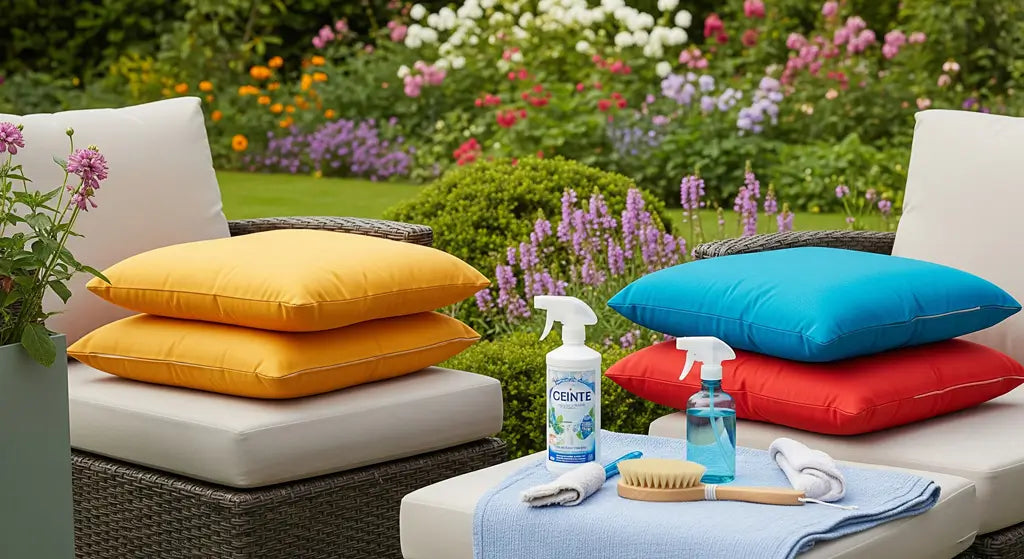
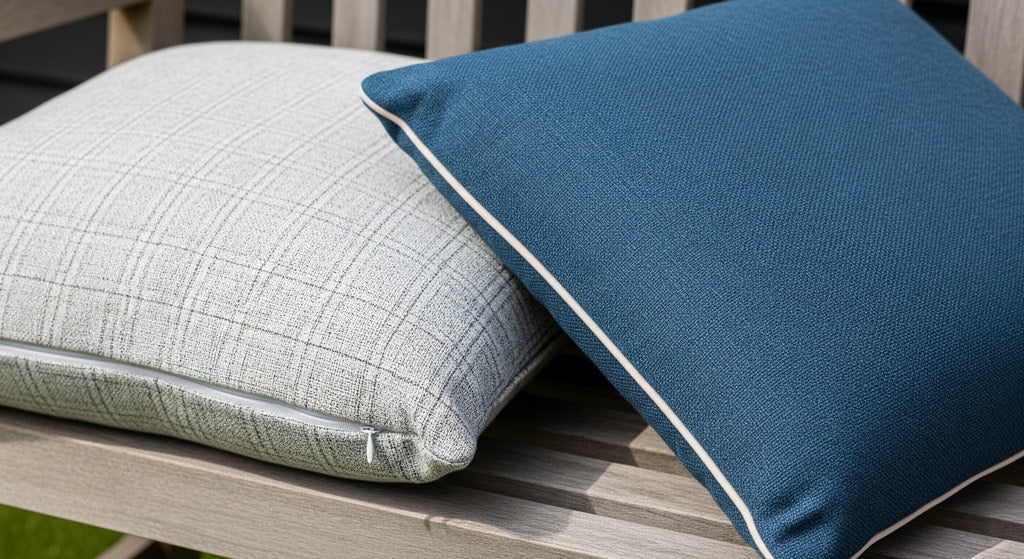
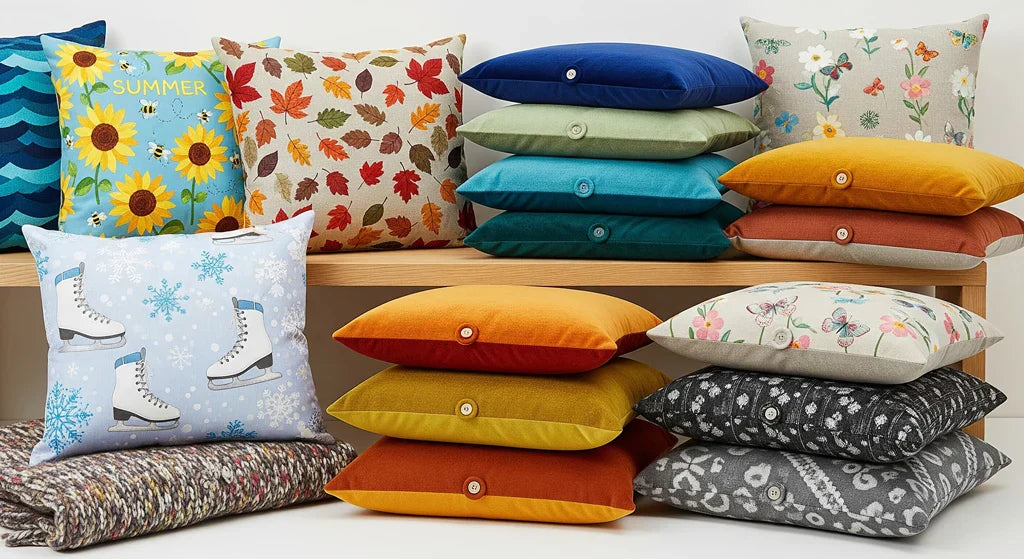
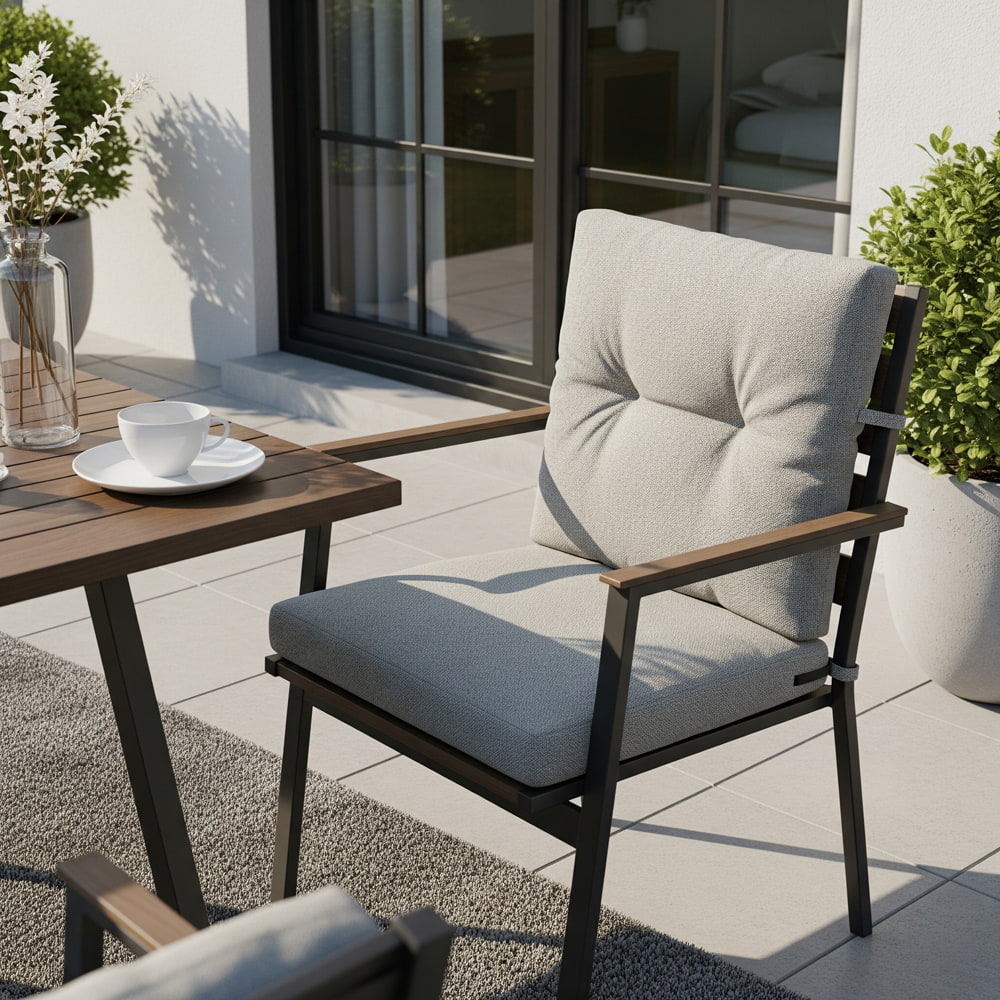
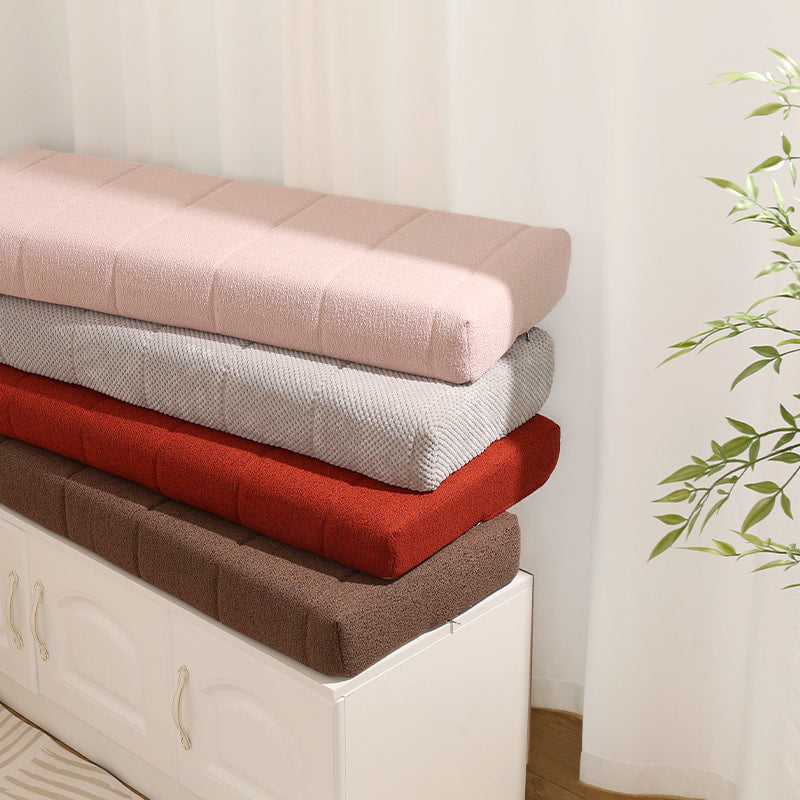

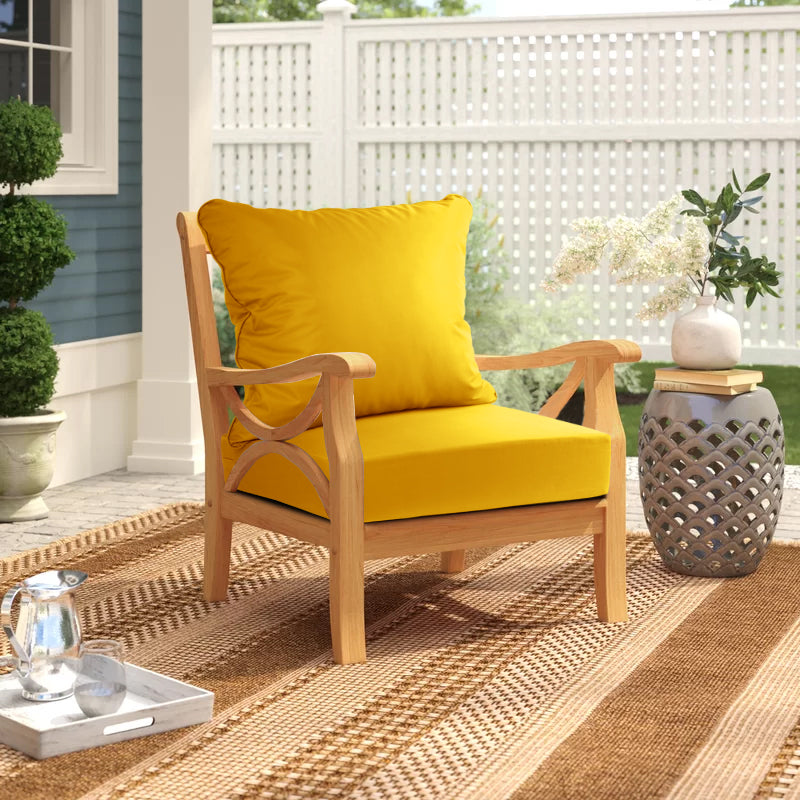
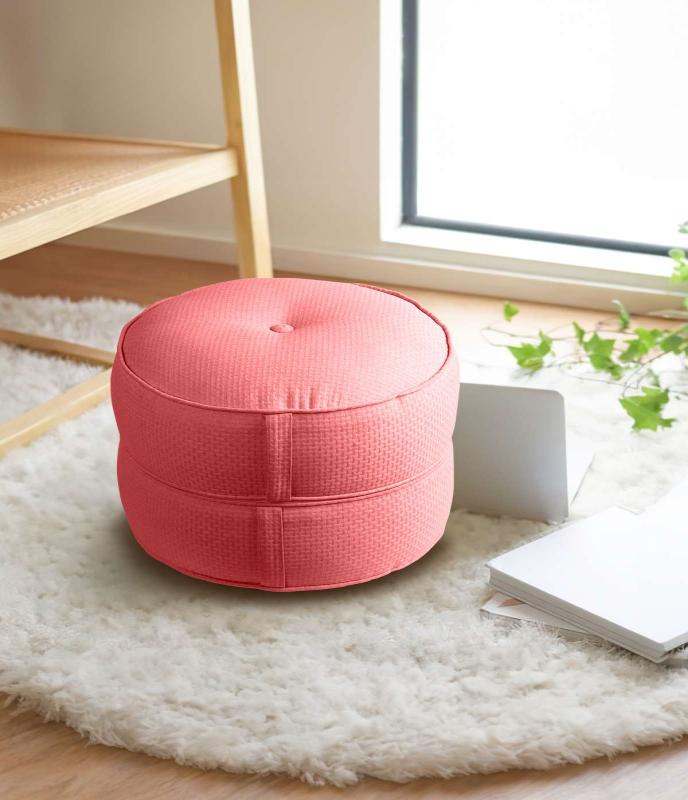
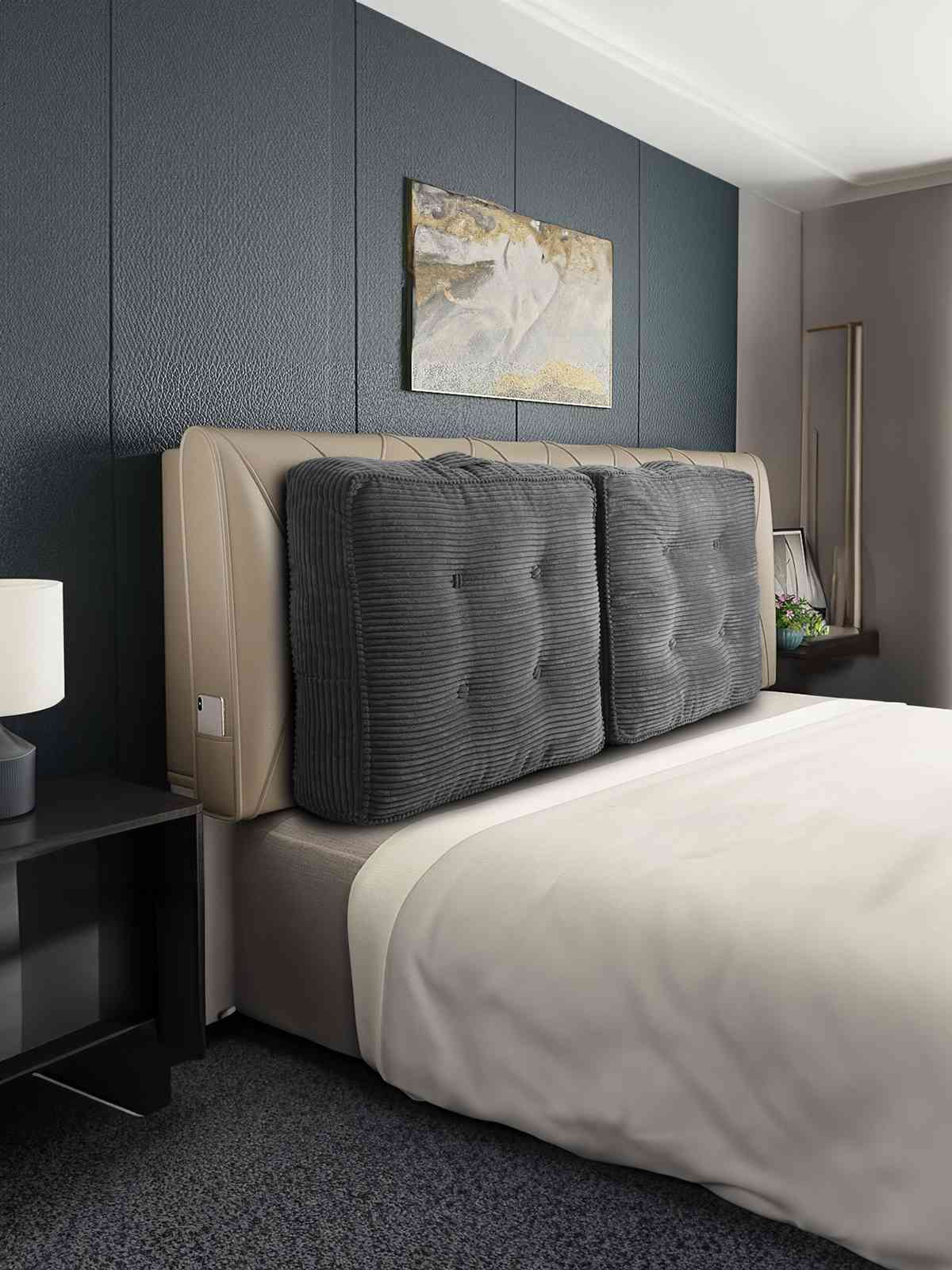
Dejar un comentario
Todos los comentarios se revisan antes de su publicación.
Este sitio está protegido por hCaptcha y se aplican la Política de privacidad de hCaptcha y los Términos del servicio.